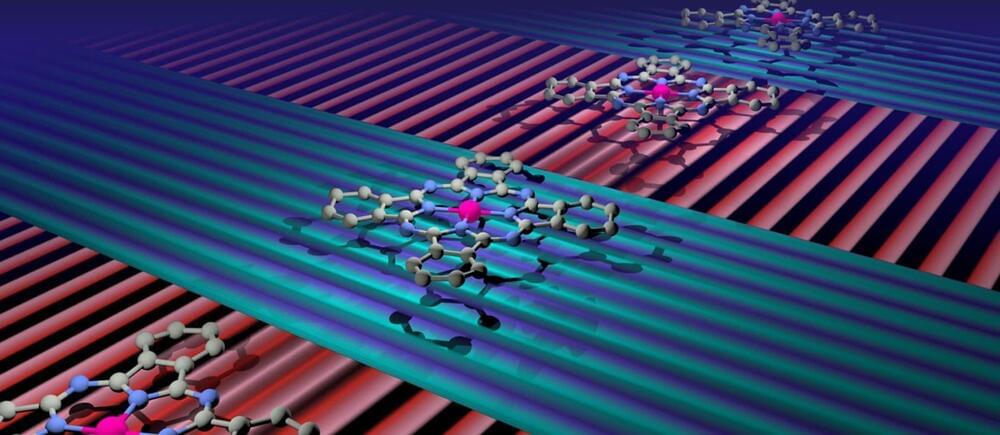Gemenefherbak was a vizier. As such, he was responsible for justice, a function symbolized by the pendant picturing the goddess Maat on his collar.
The chest is protected by a winged scarab, a personification of the reborn morning sun. On the back of the Sarcophagus, the deceased is shown twice worshiping the Djed-Pillar, a symbol of Osiris, lord of the underworld.
In spite of the size of the object and the hardness of the stone, the sculptors express all their virtuosity in the polish of surfaces and in a sophistication of detail that is typical for the 26th Dynasty.
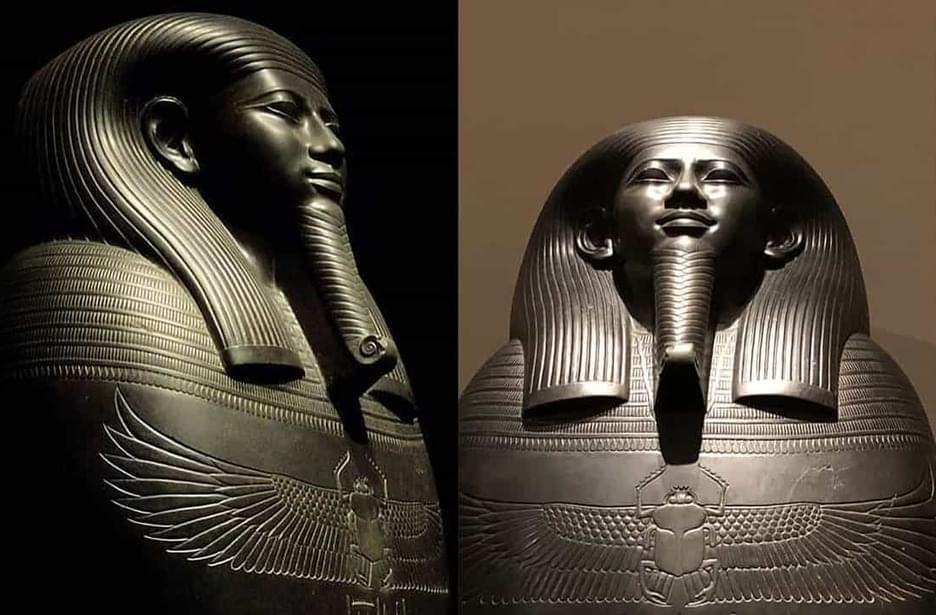
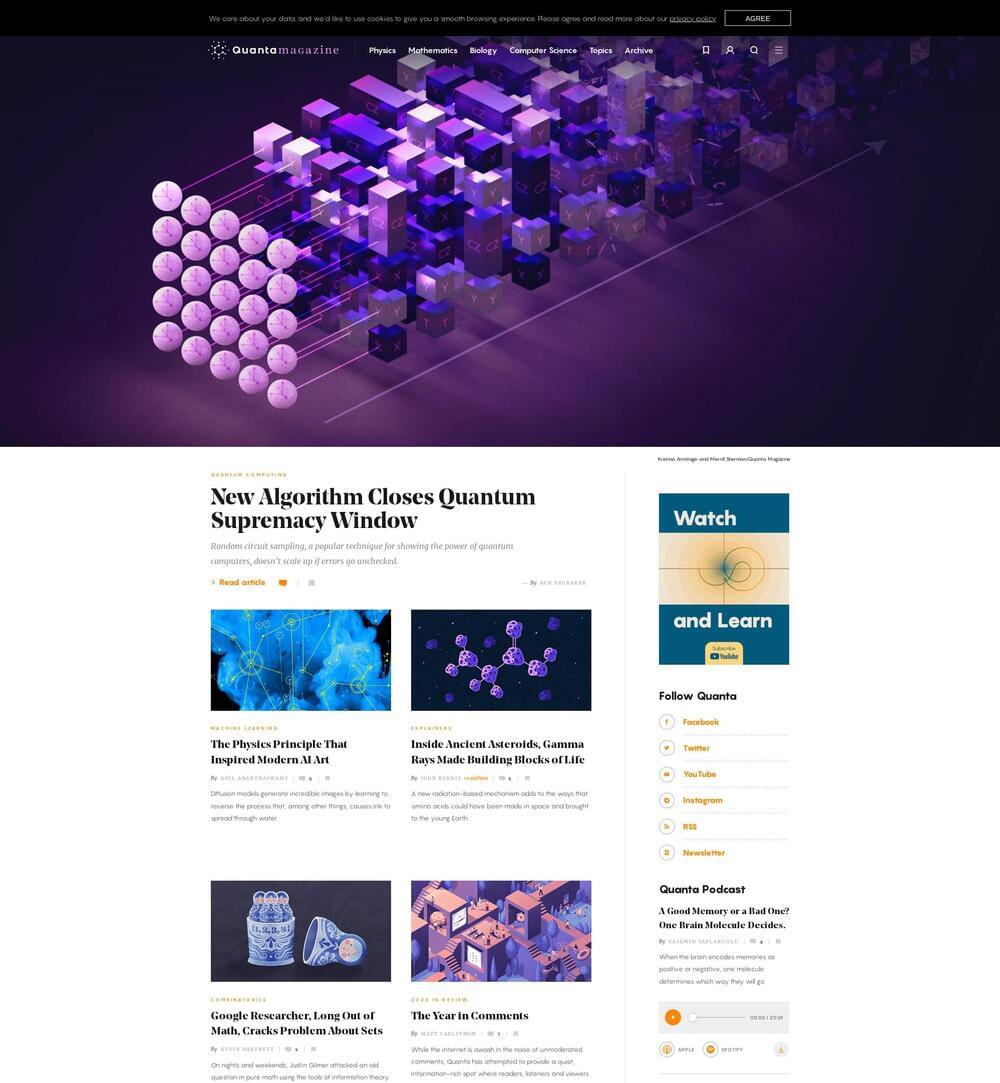

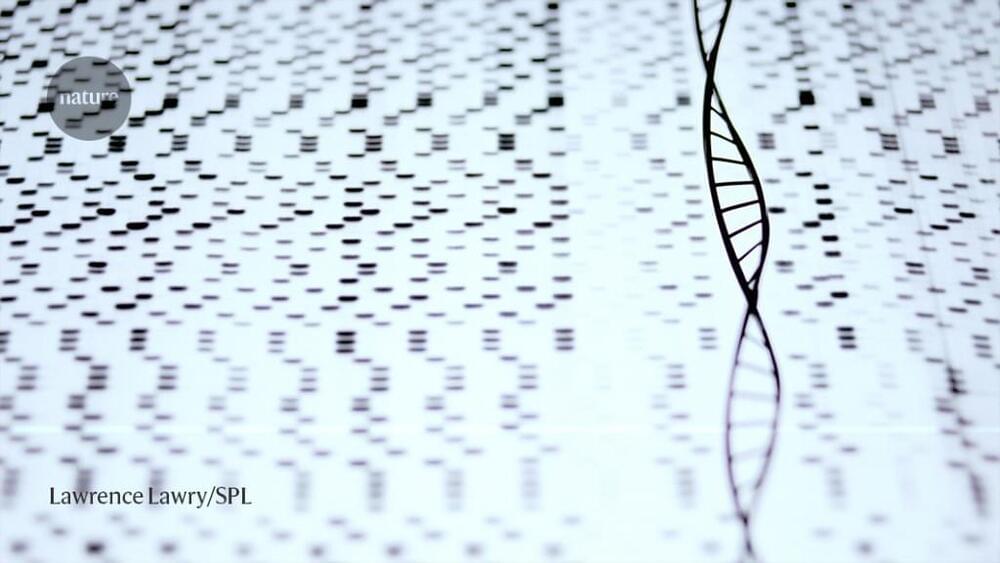
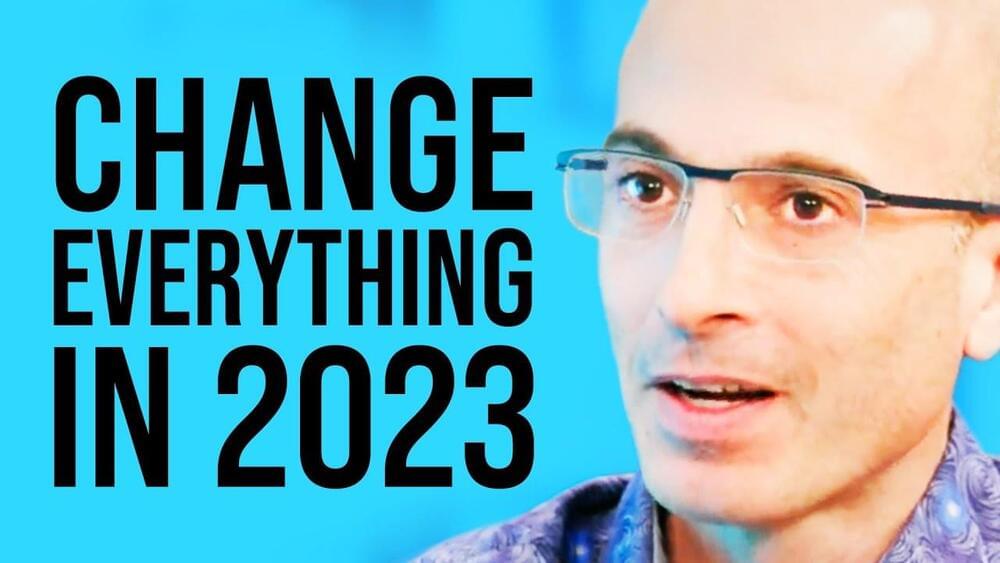
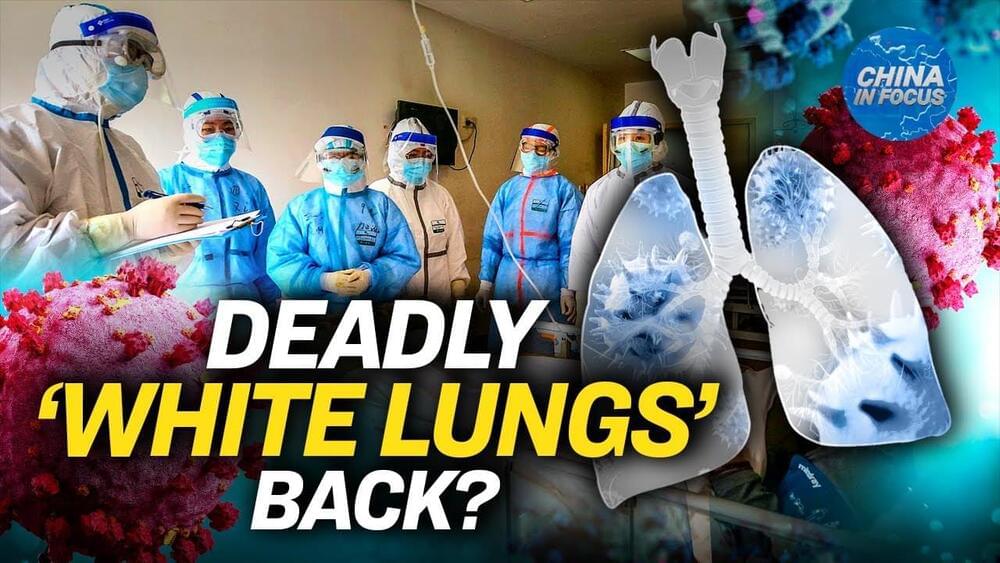
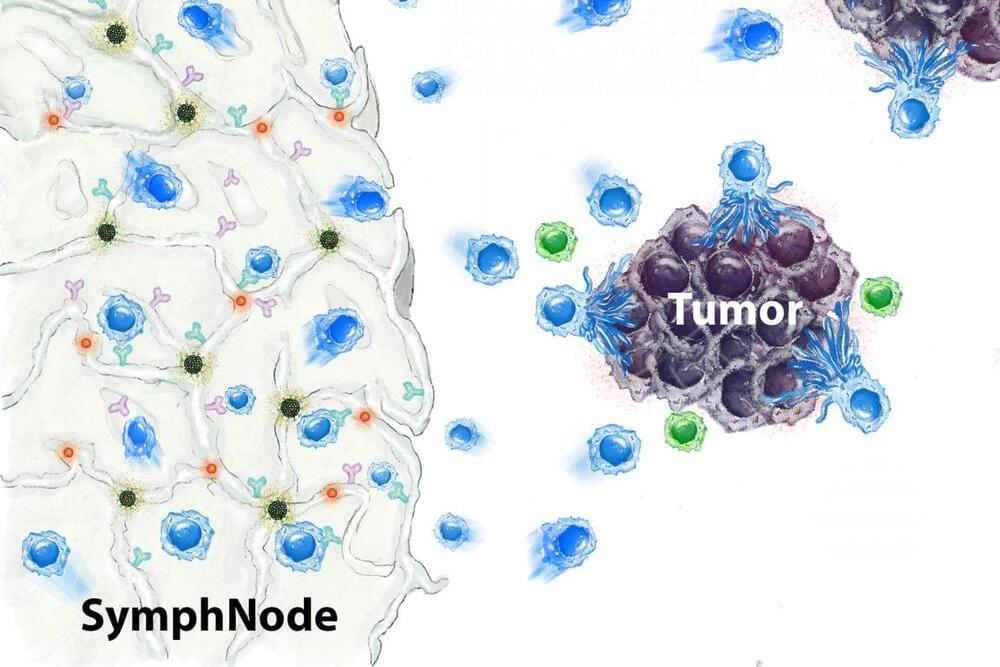

 עברית (Hebrew)
עברית (Hebrew)
